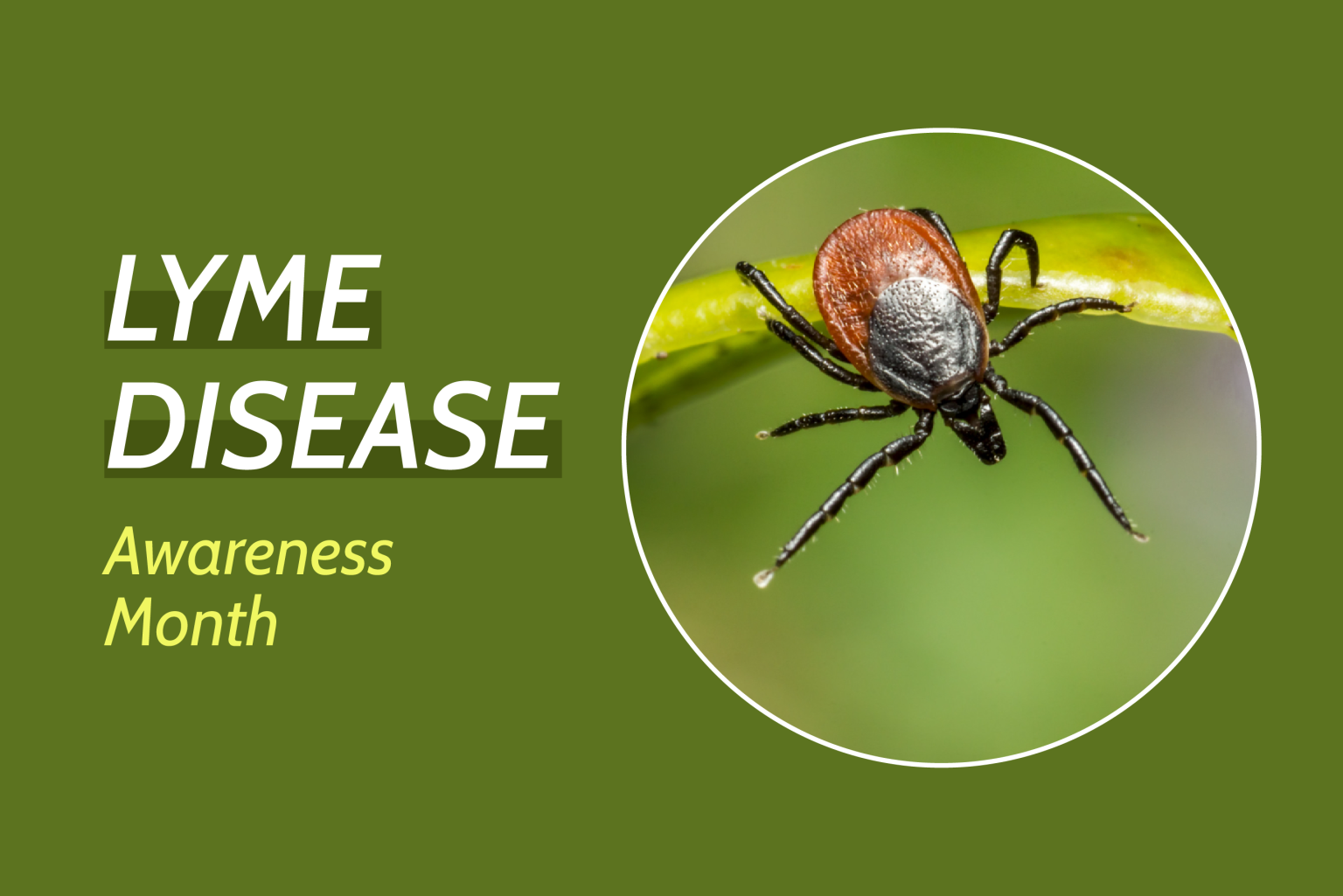Lyme disease is a growing national public health crisis and according to the Illinois Department of Public Health, cases are on the rise in Illinois. Lyme disease is a bacterial infection caused by several different strains of bacteria that are carried and spread by ticks.
Those who are bitten by ticks and subsequently become infected with Lyme disease suffer from fever, fatigue, joint pain and skin rashes and, in the most severe cases, can be afflicted by serious joint and nervous system problems. In the United States, 35,000 to 45,000 cases of Lyme disease are reported to the Centers for Disease Control and Prevention (CDC) each year; but it is estimated that only one out of every ten cases of Lyme disease is reported. Since the late 20th century, there has been a dramatic increase in the Lyme disease infection rate each year. Lyme disease infection rates have doubled since 1991. Lyme disease is one of the fastest-growing infectious diseases in the United States and the western world.
Lyme disease is difficult to diagnose. Diagnostic tests analyze blood samples to look for the presence of antibodies, an immune response that may not be detectable in the blood until many weeks after the initial tick bite and infection. Up to 60% of acute cases of Lyme disease are misdiagnosed. Those who are diagnosed with the disease early and prescribed sufficient quantities of antibiotics may recover quickly. If the diagnosis is delayed or individuals are treated with insufficient antibiotics therapy, many experience late-stage symptoms that become chronic. A diagnosis of chronic Lyme disease for those who are not cured by antibiotics and who continue to suffer the apparent effects of the disease is controversial.
The newest research seemingly validates the diagnosis of chronic Lyme disease and suggests that heretofore unknown bacterial cells remain dormant in the body, evading antibiotics and the immune system, before re-infecting the individual after the standard course of antibiotics has been taken. Those who suffer from chronic Lyme disease experience terrible symptoms and often have difficulty finding treatment or answers. Many are unable to continue working.
Lyme disease research receives less than two percent of the public funding allocated for researching West Nile virus and less than 0.2 percent of the funding as HIV/AIDS research, despite Lyme disease having annual case counts that dwarf those of both diseases.
The federal government needs to allocate more funding toward finding a cure for the devastating and increasingly prevalent public health crisis that is Lyme disease, and the Illinois State Board of Education should begin health education to prevent tick bites for children who represent the highest risk group for tick-borne diseases.
Find out more here.
